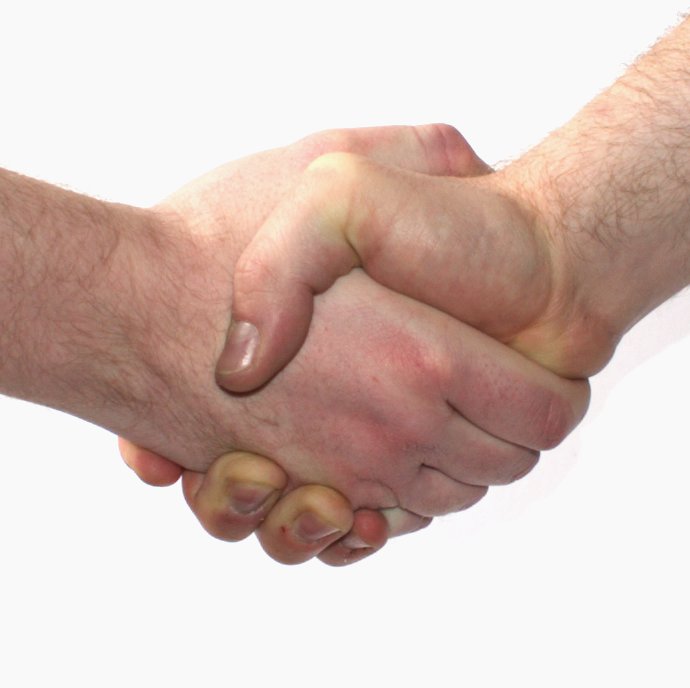But when we take a moment to understand its history and significance, it becomes much more than a routine way to greet others and finalize simple, verbal agreements.
Here's your history lesson: Archeological ruins from Ancient Greece show soldiers shaking hands on a piece of 5th-century B.C. pottery. It was meant as a show of peace; neither side carried weapons. Unfortunately, in later history, handshakes were seen as a way to determine if the other person had hidden a knife in his sleeve. Medieval knights--covered in armor--used handshakes as a way to sort a friend from an enemy. An extended open hand was a sign of friendship, while a hand with a weapon was...well, a signal to defend oneself. Today, we face the handshake as a threat of passing an accidental threat, Covid-19. However, unlike being stabbed by a knife, you can destroy covid with hand-sanitizer or the common task of washing your hands, before you pick your nose, or eat your food without utensils. On another note, the way you shake hands is important, if you don't shake hands confidently, you might as well avoid the risk of Covid now in 2021 and moving forward. The American handshake is simple to do if you have confidence; it's important to perform well. Directions from etiquette expert Robin Bickerstaff Glover: "The right hand is extended, thumb up and palm flat. You grasp the other person's hand using a firm grip, with your palm on their palm. Hands are pumped two or three times in a vertical motion and then, you release the grip." A note from the team behind Handshaking.com: "We recommend two shakes, not three. The handshake should be firm and friendly; if you squeeze too hard, it seems aggressive. If you leave your hand limp or offer a weak grasp, it can signal anxiety or lack of confidence." Of course, you should look the other person in the eye when shaking hands. When networking, remember that your handshake is the first impression you will make. Forbes Magazine reports the results of seven studies: "A handshake can improve the quality of an interaction, producing a higher degree of intimacy and trust within a matter of seconds." And a Fortune 500 CEO once said, "When I have to choose between two candidates with similar qualifications, I give the position to the candidate with the better handshake." Ready to learn more about ways to be successful through handshakes? Just check us out--entrepreneurs watch our free videos every single day. "Handshake (Workshop Cologne '06)" by Tobias Wolter - Own work. Licensed under CC BY-SA 3.0 via Wikimedia Commons |
Handshakin Blog
|
Get Involved |
Work for Handshaking |
Legal/OtherHandshaking© 2014-2022
All Rights Reserved |



 RSS Feed
RSS Feed